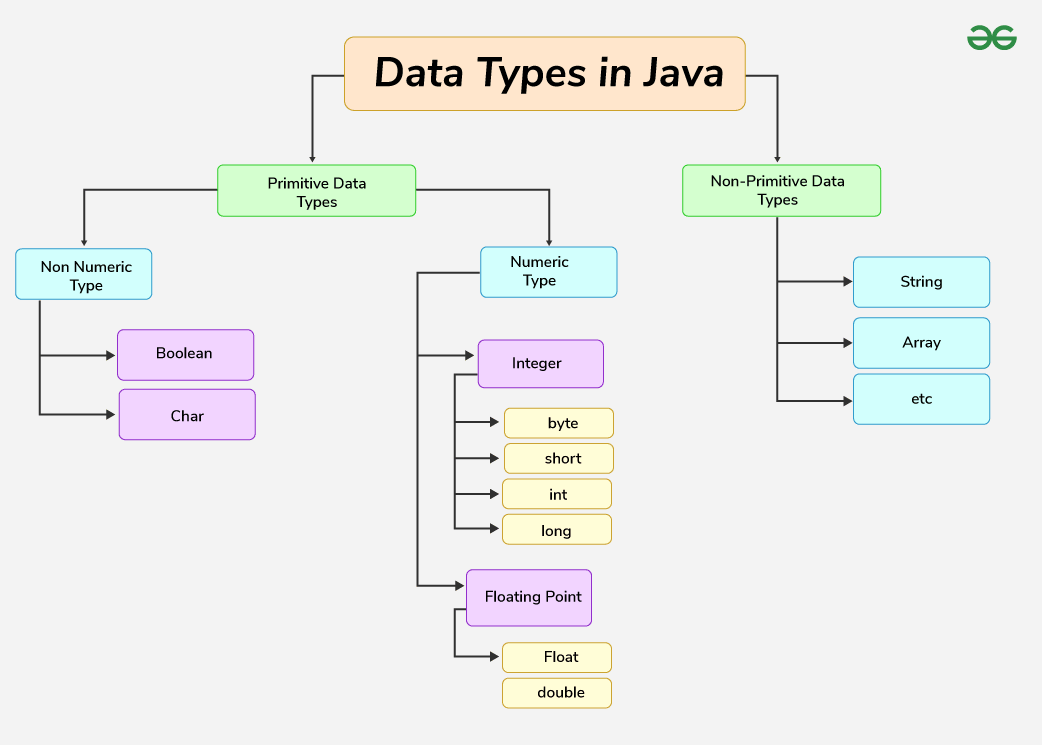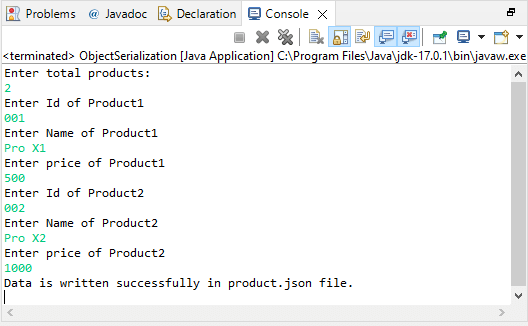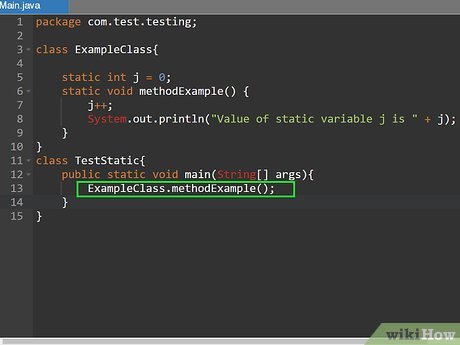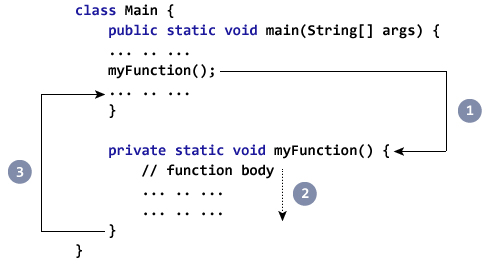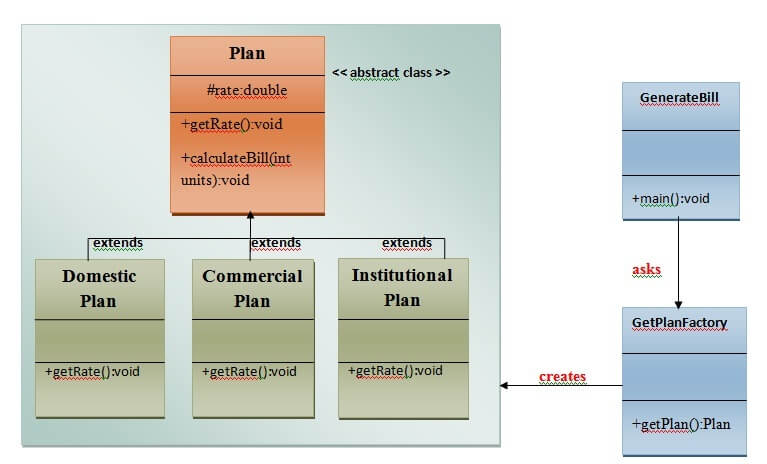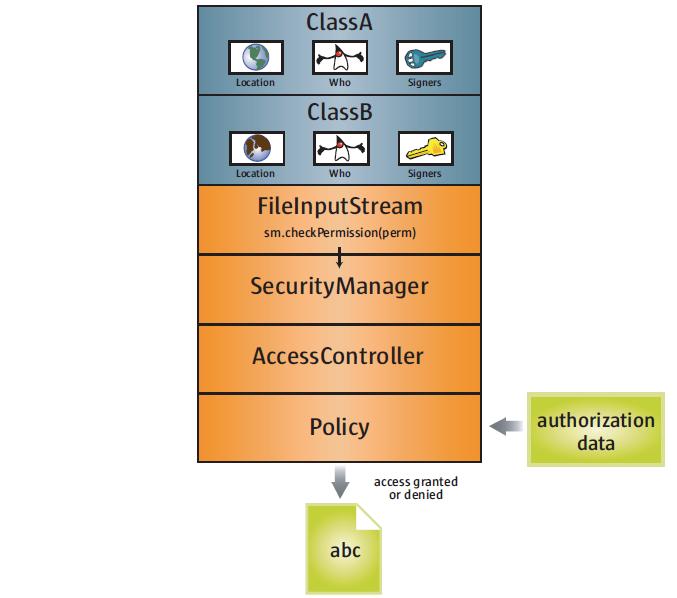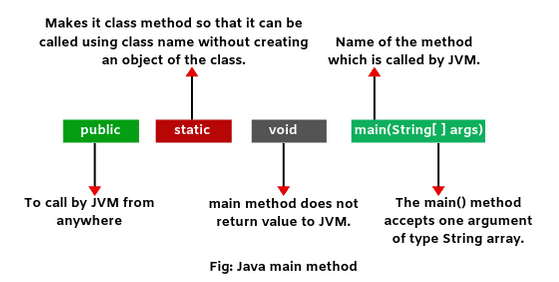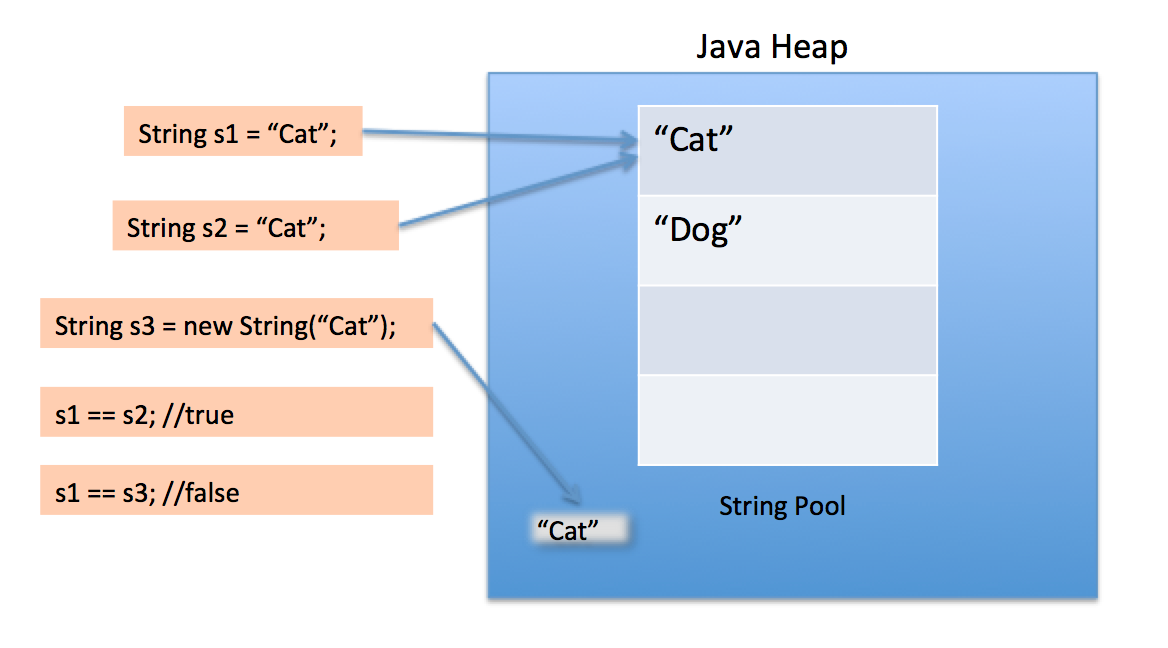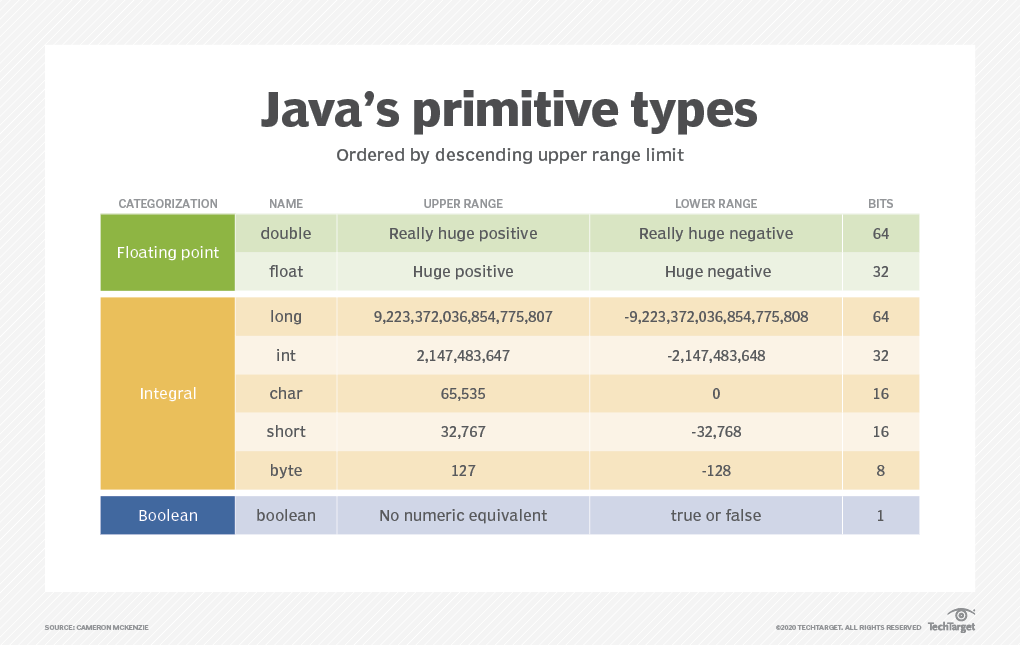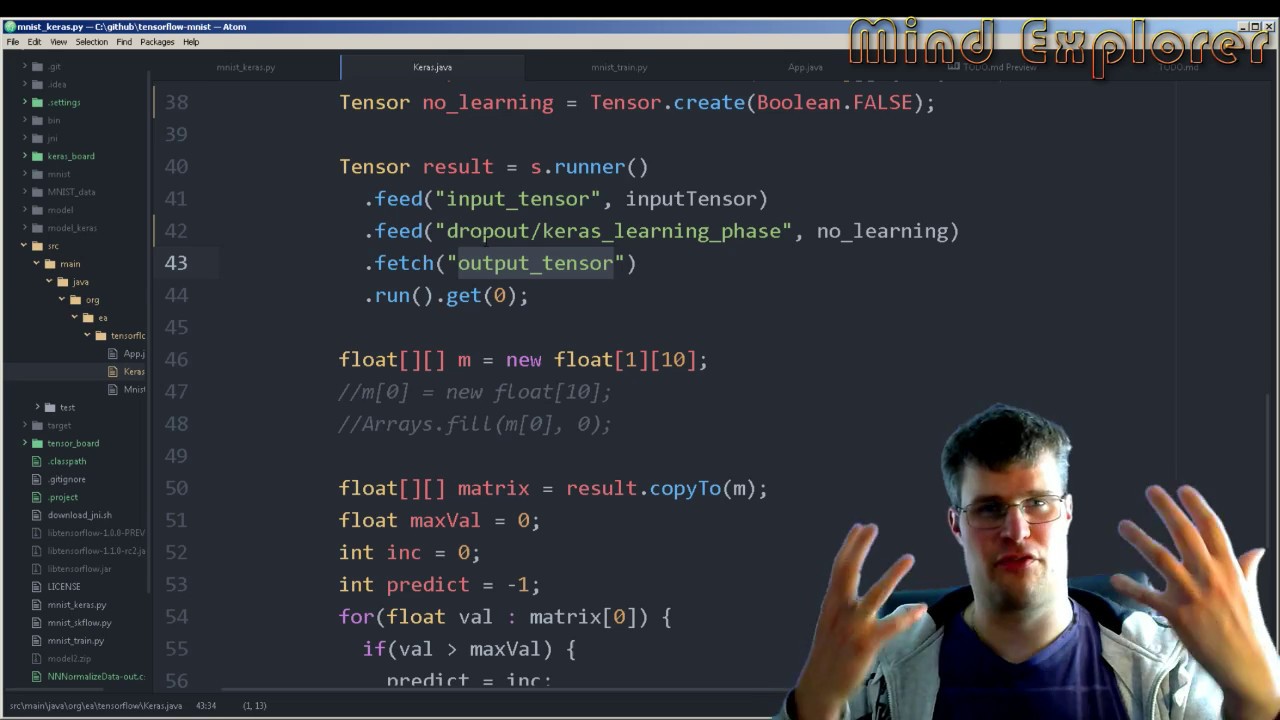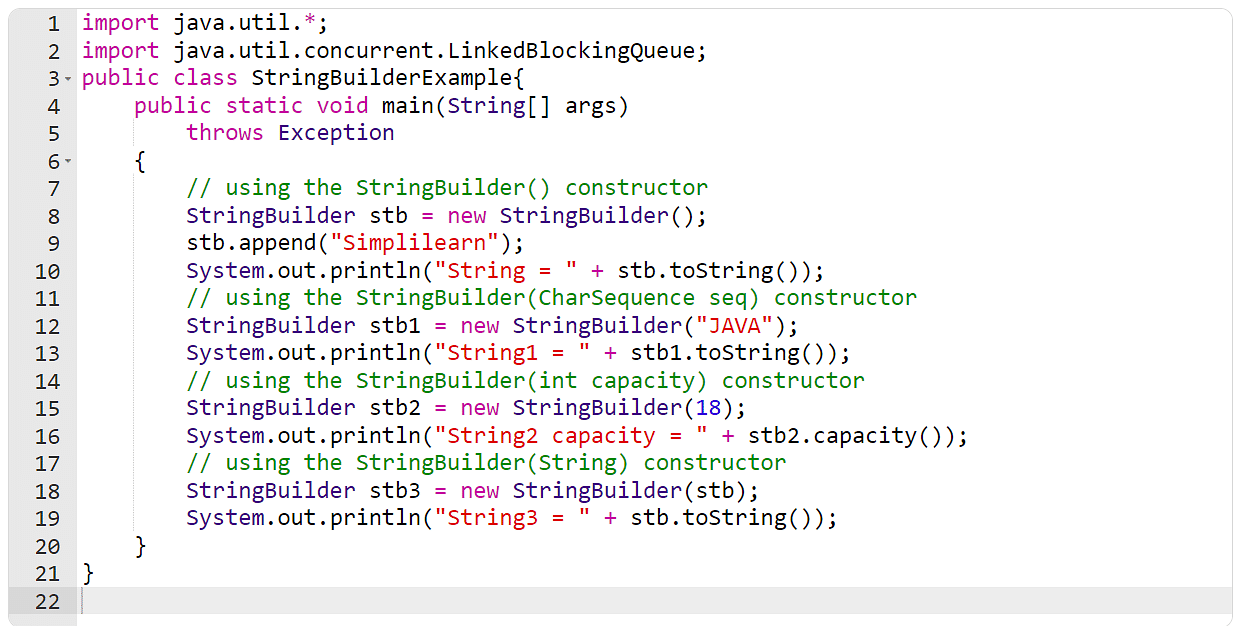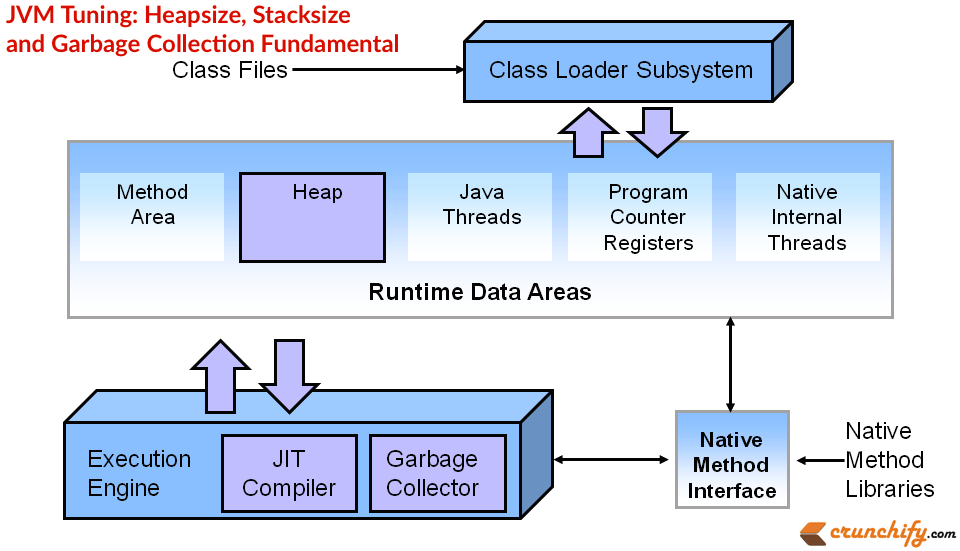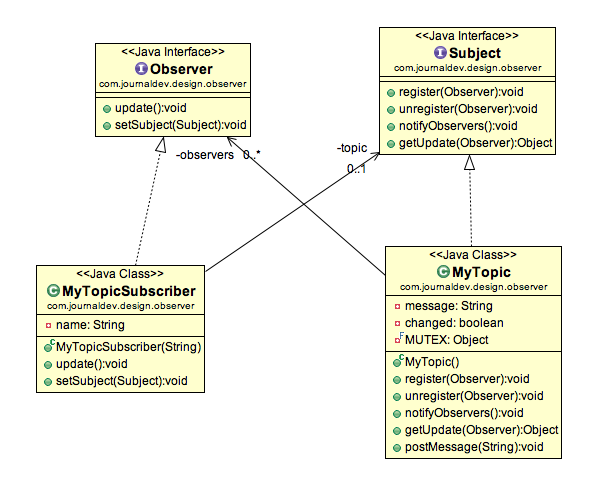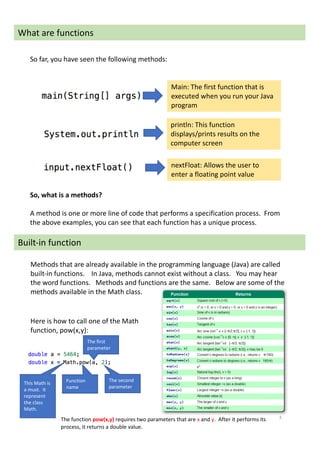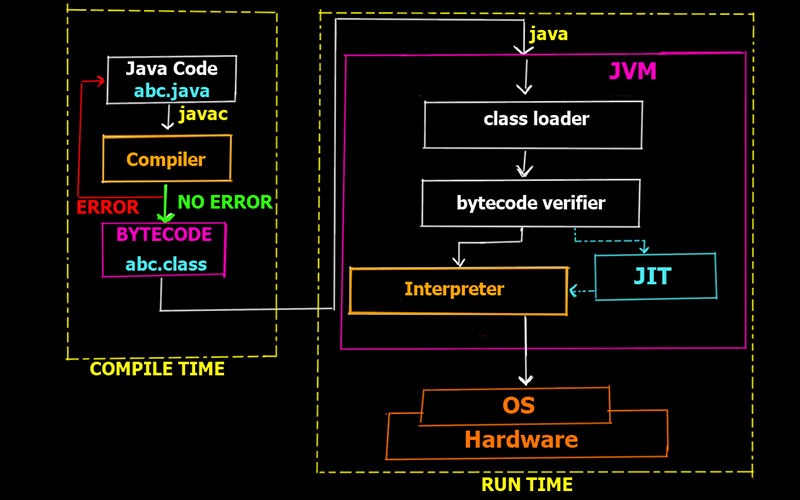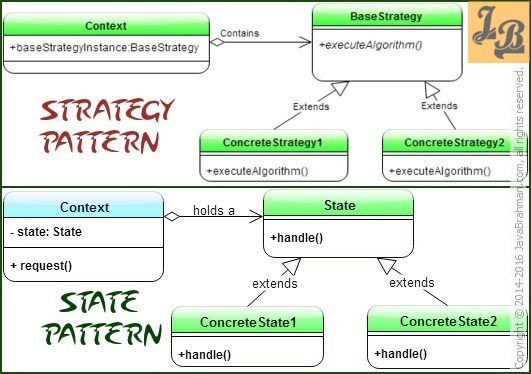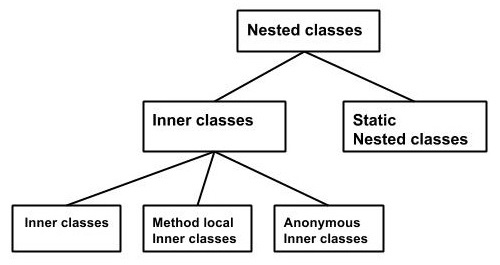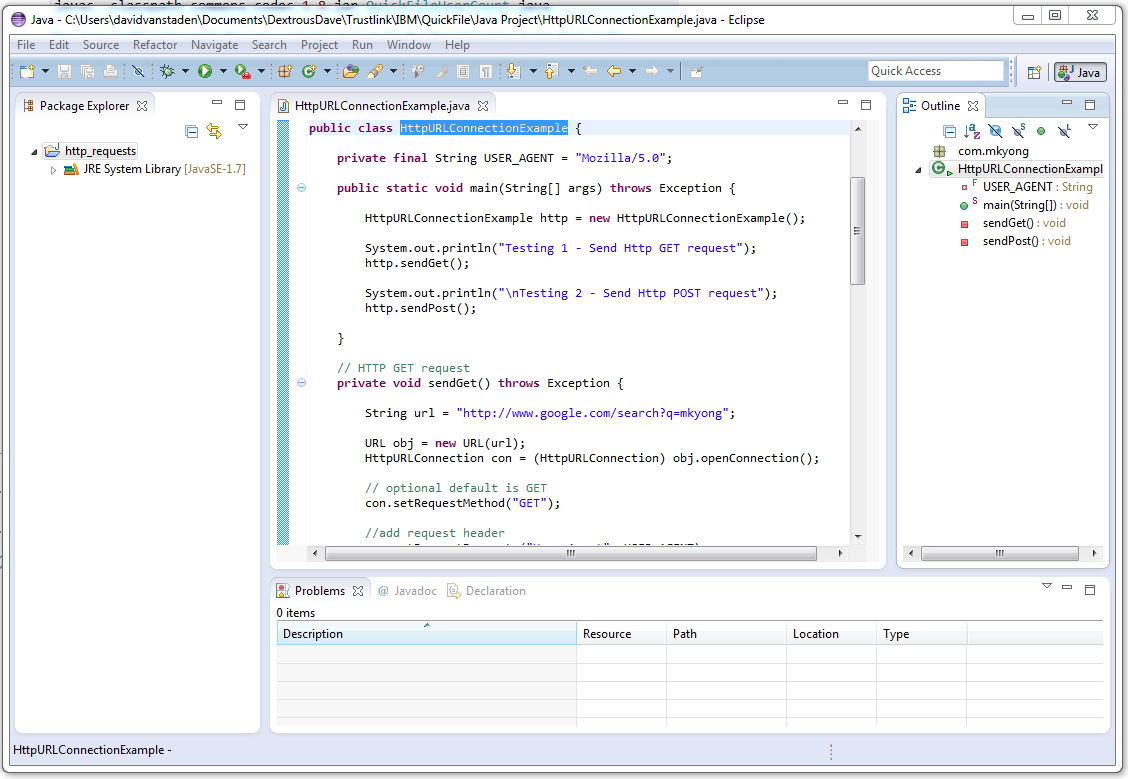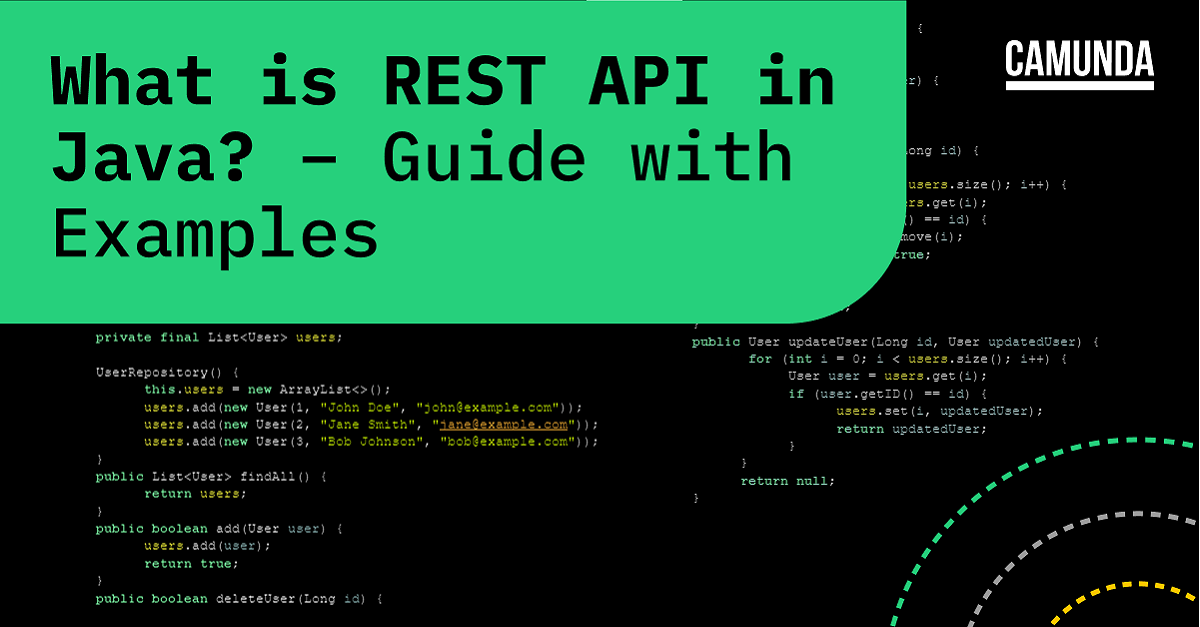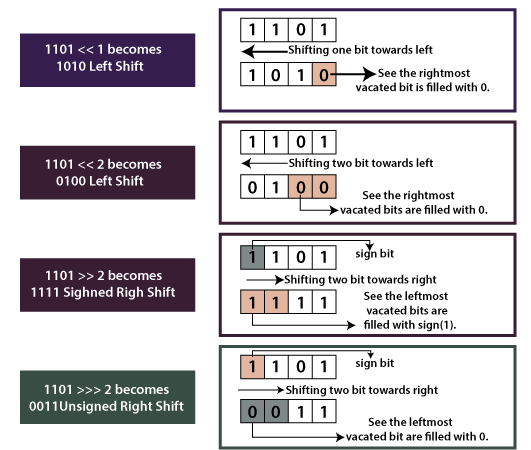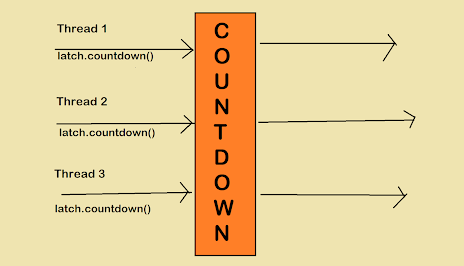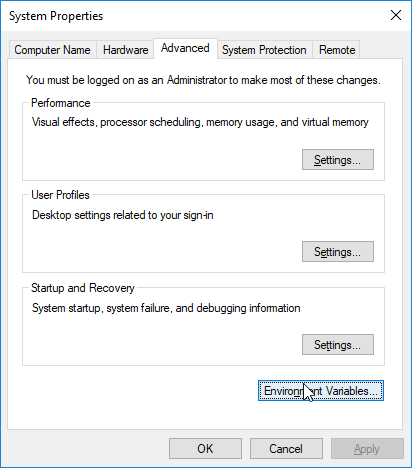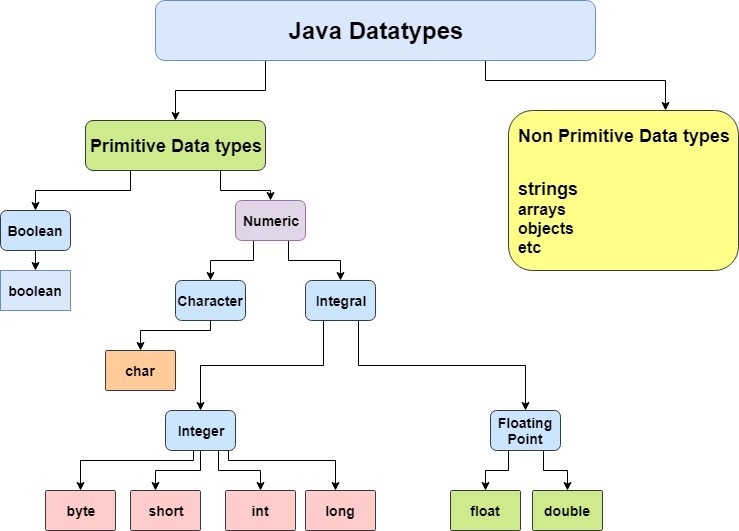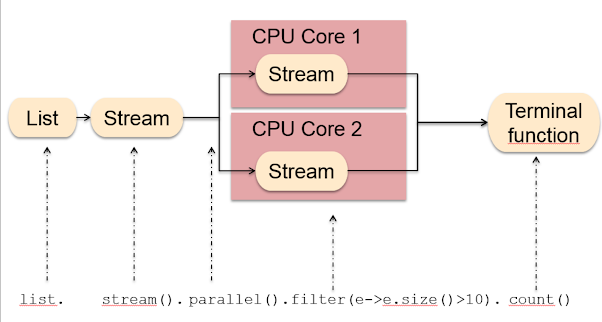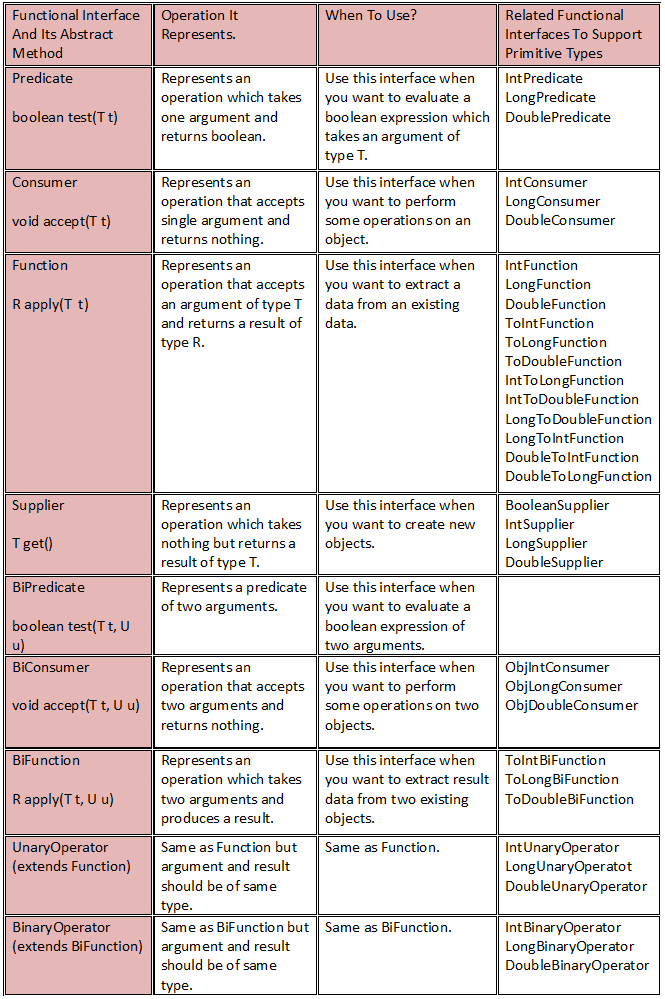What is Java volatile?
What is Java volatile?
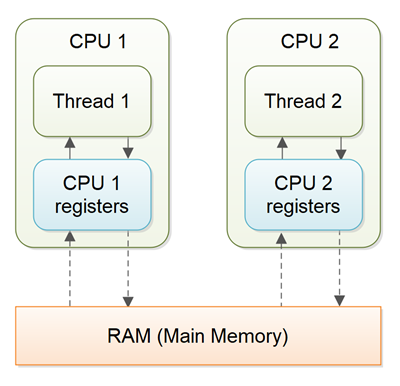
I'd be happy to explain what volatile is in Java!
In Java, the volatile keyword is used to specify a variable that can change unexpectedly between multiple threads or processes. When a variable is declared as volatile, the JVM (Java Virtual Machine) makes sure that changes made by one thread are immediately visible to other threads.
To understand why we need something like volatile, let's first talk about how Java handles multi-threading. In Java, each thread has its own memory space, and changes to variables are only visible within that thread. This is because the JVM uses a mechanism called "happens-before" to ensure thread-safety.
The happens-before relationship is a way for the JVM to determine the order in which threads execute code. It's based on three main principles:
Initialization: When a thread starts, its memory space is initialized with the same values as all other threads. Synchronization: When one thread executes a synchronized method or accesses a synchronized block, it acquires the lock and becomes the "holder" of that lock. Happens-before: If thread A's execution order happens before thread B's execution, then any changes made by thread A are guaranteed to be visible to thread B.Now, back to volatile. When a variable is declared as volatile, it tells the JVM that this variable can change unexpectedly between threads. To achieve this, the JVM does two things:
volatile variable, the JVM ensures that the changes are immediately written to main memory (not just the thread's local cache). Reads: When another thread reads from a volatile variable, the JVM ensures that it gets the latest value from main memory.
This means that changes made by one thread will be instantly visible to all other threads. This is particularly important when multiple threads are updating shared variables, as it guarantees that each thread sees the most up-to-date values.
Here's an example of how you might use volatile:
public class SharedVariable {
private volatile int value;
public void updateValue(int newValue) {
value = newValue;
}
public int getValue() {
return value;
}
}
In this example, the value variable is declared as volatile. This ensures that any changes made to value by one thread are immediately visible to all other threads.
Keep in mind that volatile only helps with visibility of shared variables and does not provide any guarantees about ordering or atomicity. For those, you'd need to use other synchronization mechanisms, like locks (synchronized methods or blocks) or atomic operations (like AtomicInteger).
Overall, volatile is a useful tool for ensuring thread-safety in Java when working with shared variables that can change unexpectedly between threads. It's especially important in cases where multiple threads are updating the same variable simultaneously.
Oracle java volatile example
I'm happy to respond in English for this special occasion!
Volatile is a keyword in Java that can be used with variables or methods to indicate that access to the variable or method is not atomic, i.e., it may involve multiple memory operations.
Here's an example of how you could use volatile with a boolean flag:
public class VolatileExample {
private static volatile boolean running = true;
public static void main(String[] args) {
Thread thread1 = new MyThread();
thread1.start();
try {
Thread.sleep(1000);
} catch (InterruptedException e) {
e.printStackTrace();
}
running = false;
}
}
class MyThread extends Thread {
public void run() {
while (VolatileExample.running) {
// Do some work here
System.out.println("Still running...");
try {
Thread.sleep(100);
} catch (InterruptedException e) {
e.printStackTrace();
}
}
System.out.println("Stopped");
}
}
In this example, running is a volatile boolean flag that is used to control the execution of MyThread. The thread will keep running as long as running is true. When it's set to false from another thread (the main thread in this case), the thread will exit its loop and print "Stopped".
Using volatile helps ensure that changes made by one thread to the flag are visible to all other threads without delay or inconsistency, which can be useful when you're working with multiple threads.
Here's how it works:
Therunning variable is declared as volatile, which means its value will always be up-to-date and consistent across all threads. When the main thread sets running to false, this change becomes immediately visible to all other threads that are monitoring the running flag. The MyThread will continue running as long as it sees running is still true, but when it's set to false, it will exit its loop and stop.
Without volatile, there would be no guarantee that changes made by one thread to the flag would become immediately visible to other threads. There could be a delay or inconsistencies in the way the threads see the flag's value, which is why volatile helps ensure consistency and visibility across all threads.
